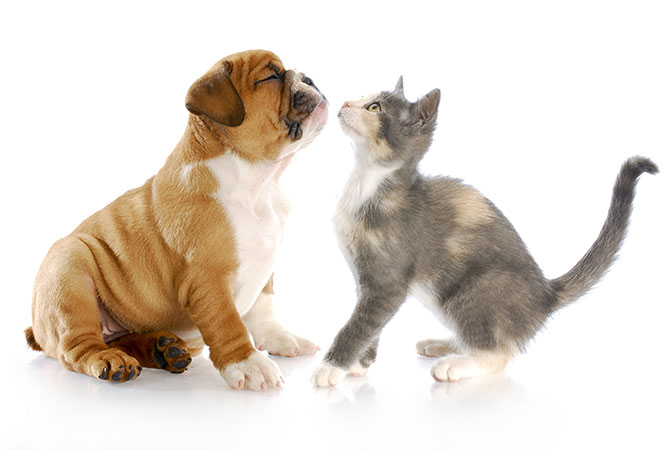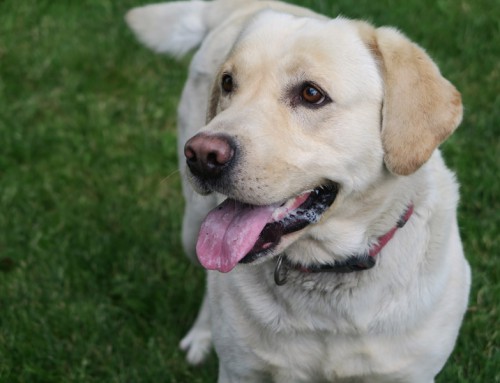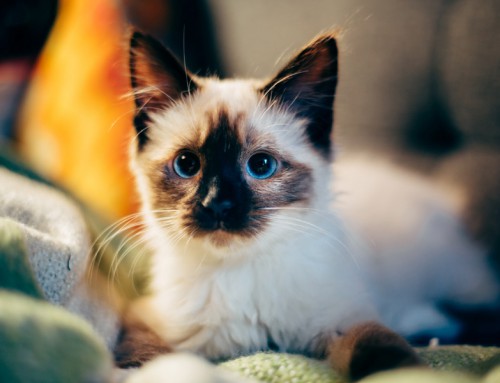Despite the saying ‘fighting like cats and dogs’, many cats and dogs can actually be the best of friends. And just as well too, as millions of dog lovers share their hearts and homes with those who prefer a feline companion.
Generally speaking, the kind of relationship your cat and dog will have will depend on their individual temperaments, as well as their histories. Not all animals will live in one peaceful kingdom, and if there’s been a problem between the two in the past, there could well be a problem in the future.
More often than not it comes down to the dog and how they choose to behave. Most dogs are hardwired to chase anything that runs, and a fleeing cat makes an excellent target. A dog feels honour-bound to chase it, behaviour your cat is (obviously) unlikely to appreciate. Should your dog ever chase your cat, nip the behaviour in the bud immediately and then reintroduce them slowly.
Unfortunately however, there are always those really grumpy cats. You know the ones. These cats can be naturally aggressive and territorial, and will fight to keep their home turf free of intruders. Not exactly the most welcoming environment for a new dog, right? Age is always a factor too, and it is commonly suspected that the younger they are when introduced, the better they will get along.
We’ve put together a few tricks and clever tactics to increase the chances of having your dog and cat get along with each other. Give them a go and hopefully you’ll be able to enjoy the beautiful benefits of a home with both feline and canine influences!
First impressions count
The most important moment for giving your cat and dog the best chance at getting along and feeling positively towards one another is the first moment they meet. It’s vital here to set up an environment where they both feel comfortable, calm and relaxed, such as quiet room that they are both familiar with.
Avoid simply putting the kitten in the dog’s face, as this could encourage either the cat or dog to lash out. Forcing physical proximity is never a good idea. A good scenario is to restrain the dog with a lead and slowly introduce the cat into the room. Although it may be tempting to put them in an enclosed space together, like a room with the door closed, it’s important to give the cat freedom to leave if it really doesn’t go well. This will prevent long-term psychological damage that could impact on their relationships with other animals and different species for the rest of their lives, especially if they’re young. For example, you don’t want one bad moment to make your dog aggressive towards cats for the rest of their life!
Make other changes beforehand
Getting your pets accustomed to changes in the household before the arrival of their (hopefully) new best friend is another way to increase the chances of your cat and dog getting along. For example, if you’ve had a cat for ten years and they’ve been the only animal in the household, they’re going to be very used to their routine, family and environment, and randomly introducing a puppy could be cause for disaster. Instead, start making small changes in the weeks leading up to the introduction, like changing their food, moving their litter box, closing particular doors, or putting up a baby gate. This will make them more open to change, and potentially more accepting of their new family member.
Use a baby gate or feeding time to your advantage
Installing a baby gate in your house can be a great way to gradually introduce your cat and dog to each other. The baby gate will separate two areas of the house, giving your animals freedom to explore and live their own lives, while still becoming comfortable with the sights, sounds and smells of each other. Another method to boost this positive exposure and potentially speed up the process is to feed your animals on either side of the baby gate. This way, they will associate something they enjoy (eating!) with being close to each other. Just make sure your dog isn’t big enough to knock the baby gate down and steal kitty’s food!
Know the background of an adopted animal
It’s important to know your new cat or dog’s history with other animals before you introduce them to your household. If you’ve adopted your new pet, most rescue centres will have information available about whether or not the animal has had previous exposure to other animals, and whether they have aggressive or chasing tendencies. Have a chat to a staff member at the centre and they should be able to help you better understand your new pet’s temperament and potential reaction to being introduced to a dog or cat.
Tips for a harmonious canine and feline household
By making sure they have a positive first meeting, using tools like baby gates to your advantage, and having prior knowledge about your pet’s relationship with other animals, you’ve got the highest chance of making sure your dog and cat get along.







Leave A Comment